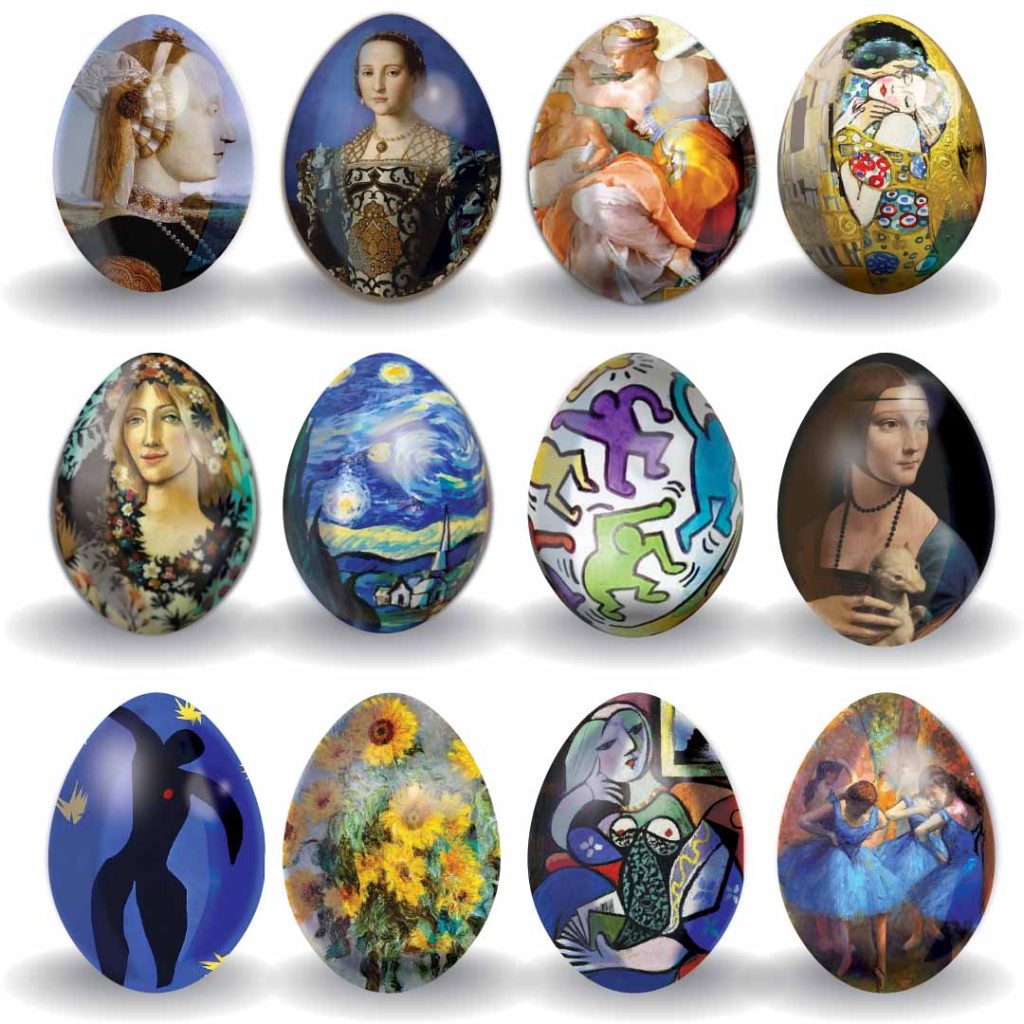
L’arte dell’uovo italiano! Pasqua in Italia e tutte le cose Uovo-cellente!
The art of the Italian egg! Easter in Italy and all things Egg-cellent!
Buona Pasqua a tutti! Happy Easter everybody!
Sei “Felice come una Pasqua?” Questa espressione italiana è simile all’idioma inglese “felice come una vongola.”
Are you “Felice come una Pasqua?” This Italian expression is similar to the English idiom “happy as a clam.”
In Italia la Pasqua è un’amata festa di due giorni. È celebrata in buona fede, con gli amici, ottimo cibo e sfilate sorprendenti. Sono sicuro che hai sentito questo modo di dire italiano: “Natale con i tuoi, Pasqua con chi vuoi!” Significa: Trascorri le vacanze di Natale con la tua famiglia, ma a Pasqua con gli amici.”
In Italy, Easter is a well-loved two-day holiday. It is celebrated in good faith, with close friends, great food, and fantastic parades. I’m sure you’ve heard this Italian idiom: ”Natale con i tuoi, pasqua con chi vuoi!” It means: Spend the Christmas holidays with your family, but at Easter with who you want.”
Lo Scoppio del Carro
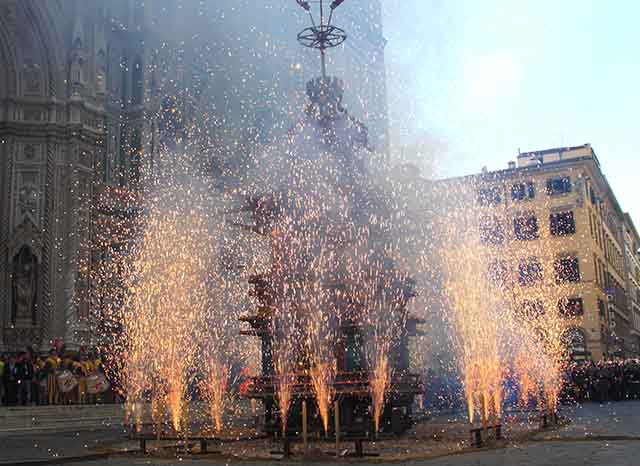
La Pasqua è una festa davvero gioiosa, e gli italiani la festeggiano con un big bang — letteralmente! A Firenze, inaugurano la Pasqua facendo esplodere un carro chiamato Brindellone. Questo spettacolo si chiama lo Scoppio del Carro, e risale alla prima crociata. Il brindellone rappresenta il Santo Sepolcro, ovvero la camera sepolcrale in cui il corpo di Cristo giaceva tra sepoltura e risurrezione, ed è trainato da una squadra di buoi bianchi e parcheggiato davanti alla Cattedrale di Santa Maria del Fiore.
Easter is really a joyous festival, and Italians celebrate it with a big bang — literally! In Florence, they usher in Easter by exploding a cart called a Brindellone. This spectacle is called lo Scoppio del carro, and it dates back to the first crusade. The brindellone represents the Holy Sepulcher, or the burial chamber in which Christ’s body lay between burial and resurrection, and is pulled by a team of white oxen and parked in front of the Cathedral of Santa Maria del Fiore.
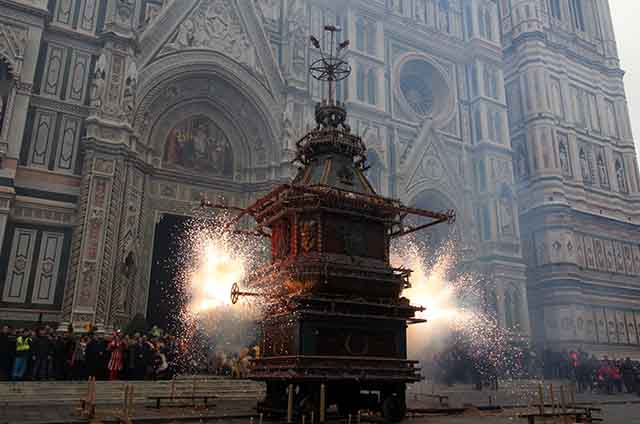
Verso le 10 del mattino della domenica di Pasqua, l’arcivescovo di Firenze all’interno del Duomo accende un razzo a forma di colomba chiamato “Colombina.” Questo razzo abbatte un filo e accende un carro di fuochi d’artificio sul Brindellone, innescando uno spettacolare spettacolo di luci e suoni. La gente di Firenze crede che se la Colombina accende con successo i fuochi d’artificio, sarà un anno di buon raccolto e prosperità per la città. Quindi, come puoi immaginare, c’è un sacco di emozione e urle di gioia quando i fuochi d’artificio esplodono!
Around 10 in the morning on Easter Sunday, the Archbishop of Florence inside the Duomo lights a dove-shaped rocket called the “Colombina.” This rocket shoots down a wire and ignites a cartload of fireworks on the Brindellone, setting off a spectacular display of lights and sounds. The people of Florence believe that if the Colombina successfully ignites the fireworks, it will be a year of good harvest and prosperity for the city. So, as you can imagine, there’s a lot of excitement and cheering when the fireworks go off!
La Pasquetta

Il giorno dopo Pasqua, gli italiani si prendono un giorno di ferie. La festa è chiamata “la Pasquetta” – la piccola Pasqua. Una delle attività più popolari di Pasquetta è la “scampagnata”, o “gita fuori porta”, che significa un picnic o una giornata in campagna. Famiglie e amici si dirigono verso parchi, spiagge o montagne per godersi una giornata di cibo, vino e giochi.
The day after Pasqua, the Italians take the day off to go on holiday. They call it “la Pasquetta” — the little Easter. One of the most popular Pasquetta activities is the “scampagnata,” or “Gita fuori porta,” which means a picnic or a day out in the countryside. Families and friends head to parks, beaches, or the mountains to enjoy a day of food, wine, and games.
L’uovo simbolo di rinascita e rinnovamento
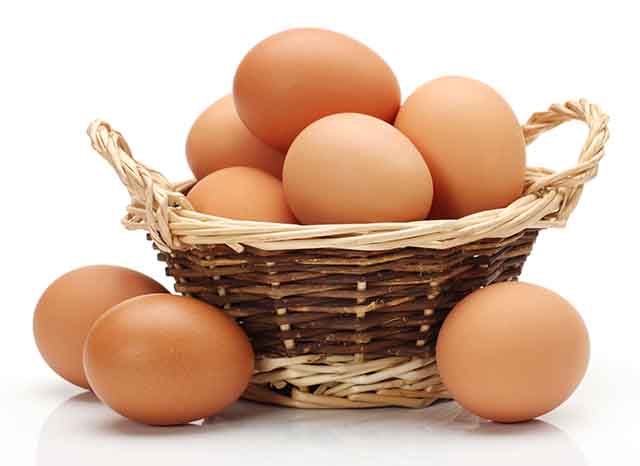
Come la maggior parte delle culture cristiane, le uova svolgono un ruolo nelle feste di Pasqua italiane, dolci e prelibatezze.
Like most Christian cultures, eggs play a role in Italian Easter festivities, sweet treats, and delicacies.
La Pasqua è un tempo di rinascita e resurrezione, e le uova sono state a lungo un simbolo di nuova vita e rinnovamento, il che le rende un simbolo adatto per la festa cristiana della Pasqua. L’uovo è stato usato come simbolo della Pasqua fin dai tempi antichi, con i primi cristiani che dipingevano e decoravano le uova per rappresentare la resurrezione di Gesù Cristo.
Easter is a time for rebirth and resurrection, and eggs have long been a symbol of new life and renewal, which makes them a fitting symbol for the Christian holiday of Easter. The egg has been used as a symbol of Easter since ancient times, with early Christians painting and decorating eggs to represent the resurrection of Jesus Christ.
L’uovo usato nei dolci italiani di Pasqua
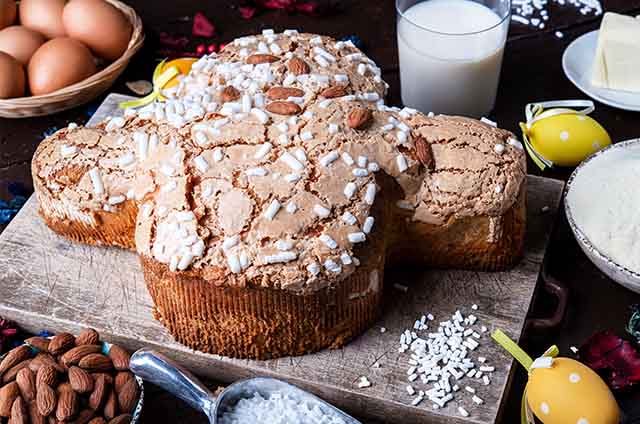
Basti pensare alla Colomba di Pasqua, una torta a forma di colomba fatta con uova, zucchero e frutta candita. Un altro favorito è il Ciambellone, una torta dolce morbida e soffice a forma di ciambella, fatta con le uova e aromatizzata con agrumi e vaniglia. Inoltre, c’è la Torta Pasqualini, una torta di uova salate e il Pane all’uovo di Pasqua in cui vengono cotte le uova intere non sbucciate all’interno.
Just think about the Colomba di Pasqua, a dove-shaped cake made with eggs, sugar, and candied fruit. Another favorite is the Ciambellone, a soft and fluffy sweet cake shaped like a doughnut, made with eggs, and flavored with citrus and vanilla. Also, there is the Torta Pasqualini, a savory egg pie, and the Italian Easter egg Bread in which whole unpeeled eggs are baked inside.
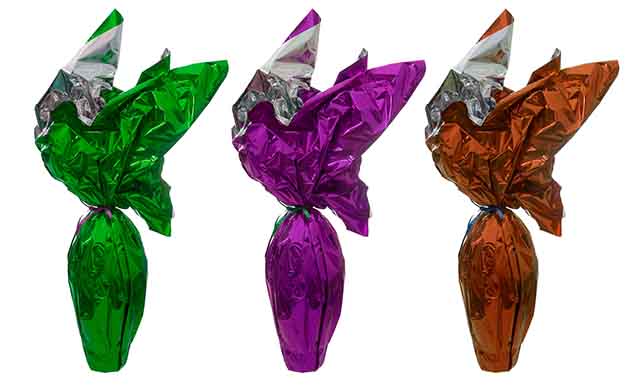
Quando si tratta di bollire le uova, decorarle e nasconderle come fanno altre culture cristiane, gli Italiani per la maggior parte non hanno mai assimilato questa tradizione. Tuttavia, godono di grandi uova di Pasqua al cioccolato avvolte in cellophane colorato chiamato “Uova di Pasqua.” Queste uova di cioccolato vuote sono spesso riccamente decorate con più caramelle e giocattoli nascosti al loro interno. La tradizione di regalare uova di Pasqua al cioccolato in Italia risale agli inizi del XX secolo. Nel 1907, l’azienda di cioccolato Perugina ha creato il primo uovo di Pasqua al cioccolato italiano, e rapidamente è diventato un regalo popolare per la Pasqua.
When it comes to boiling eggs, decorating, and hiding them as other Christian cultures do, the Italians have never really embraced this tradition. However, they do enjoy large chocolate Easter eggs wrapped in colorful cellophane called “Uova di Pasqua” (which translates to “Easter eggs”). These hollow chocolate eggs are often elaborately decorated and have candies and toys hidden inside. The tradition of giving chocolate Easter eggs in Italy dates back to the early 20th century. In 1907, the Perugina chocolate company created the first Italian chocolate Easter egg, and it quickly became a popular gift for Easter.
Attenzione! The word for egg is “uovo,” and like many
Italian nouns that refer to the human body it is irregular.
L’uovo = the egg
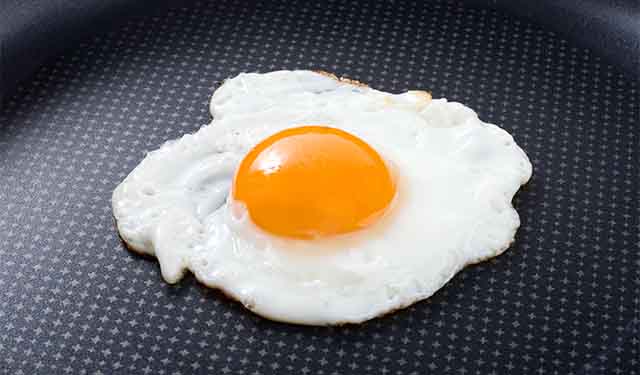
The singular form of the noun “uovo” is masculine. It takes the definite article “il.” But, remember before a masculine noun with a vowel, the definite article “il” changes to “L’ (L + apostrophe).
Le uova = the eggs
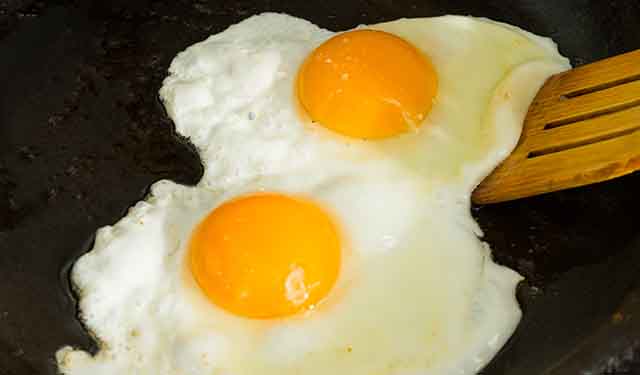
The plural form of uovo is feminine — “uova.” It takes the definite article “le,” and the noun ends with an “a.”
Here are a few examples how to use the irregular noun “egg” in Italian.
Un uovo = one egg
Due uova = two eggs
Questo uovo è fresco = this egg is fresh
Queste uova sono fresche = these eggs are fresh
Voglio cucinare un’omelette con le uova = I want to cook an omelet with eggs.
Quindi, se siete in Italia e avete bisogno di ordinare uova a colazione, ricordatevi di chiedere “le uova” invece di “l’uovo” se ne volete più di una!
So, if you’re ever in Italy and need to order eggs for breakfast, remember to ask for “le uova” instead of “l’uovo” if you want more than one!
The reason why many Italian nouns
for body parts are irregular
Il motivo per cui molti nomi italiani per le parti del corpo sono irregolari è che hanno radici latine. Molte parole in italiano, specialmente quelle relative alla medicina e all’anatomia, sono state prese in prestito dal latino, la lingua degli antichi romani. Molte di queste parole non avevano un genere specifico. Quando importate in italiano, venivano date loro il genere per adattarsi alla struttura della lingua. Di conseguenza, queste parole “neutre” hanno forme uniche per singolare e plurale, che possono includere cambiamenti nell’ortografia della parola o l’aggiunta di suffissi.
The reason why many Italian nouns for body parts are irregular is that they have Latin roots. Many words in Italian, especially those related to medicine and anatomy, were borrowed from Latin, the language of the ancient Romans. Many of these words did not have a specific gender. When imported into Italian, they were given gender to fit the structure of the language. As a result, these “neuter” words have unique forms for singular and plural, which may include changes in the word’s spelling or the addition of suffixes.
Other irregular nouns for body parts are:
La mano / le mani
il braccio / le braccia
Il labbro / le labbra
Il dito / le dita (le dita incrociate = fingers crossed)
L’orecchio / le orecchie
Il ginocchio / le ginocchia
Giochi di parole, leggende & uovo-di-dire
Word puns, legends and other egg-idioms
È difficile tradurre giochi di parole in italiano (o qualsiasi lingua straniera) e viceversa. Ecco i miei tentativi!
It is challenging to translate English puns or a play on words into Italian (or any foreign language for that matter) and vice versa. But I’m going to take a shot at it! LOL
Che cosa ha fatto l’uovo a scuola? Lui “studi-uova.”
Why did the egg to to school? To get “eggucated.”
Perché l’impiegato è sempre stressato? Perché deve fare una bella figura in “uovo-fficio.”
Why is the employee stressed out? Because on the job he must always be “egg-cellent.”
“Quale è l’uovo più famoso del mondo? L’uovo di Colombo!”
“What is the most famous egg in the world? Christopher Columbus’ egg!
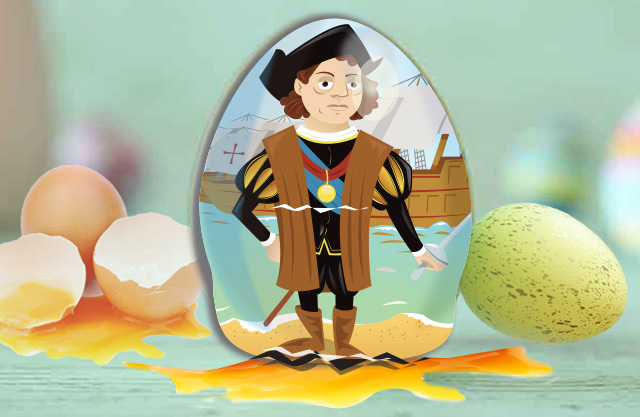
Per capire bene questo gioco di parole prima si deve capire che “l’uovo di Colombo.” È un’espressione italiana che descrive un modo incredibilmente banale di risolvere un problema che sembra irrisolvibile. Deriva da una leggenda su Cristoforo Colombo, che invitò alcuni signori spagnoli (che stavano cercando di sminuire le sue imprese) a stare in piedi un uovo sul tavolo. Dopo diversi tentativi inutili, gli uomini si arresero, sostenendo che un uovo rotondo non sarebbe mai rimasto da solo. Colombo rise dei loro tentativi falliti e facilmente risolto il problema schiacciando leggermente un’estremità dell’uovo, creando una superficie piana invece di una curva… e voilà l’uovo stava in piedi sul tavolo.
It is an Italian idiom that describes an incredibly trivial way of solving what seems like an unsolvable problem. It comes from a legend about Christopher Columbus, who invited some Spanish gentlemen (who were trying to belittle his exploits) to stand an egg upright on the table. After several useless attempts, the men gave up, claiming a round egg would never stand alone. Columbus laughed at their failed attempts and easily solved the problem by lightly crushing one end of the egg, creating a flat surface instead of a curved one… and voilà the egg stood upright on the table.
“Uovo-spressioni” divertenti
Funny common “egg-pressions”
“Avere la faccia da uovo sodo.”
Literally translated — “to have a hard-boiled egg face.” This idiom means to have a serious or stern expression on one’s face.
“Essere fresco come un uovo.”
Literally translated — “to be fresh like an egg.” This idiom means to be fresh or new, like an egg that has just been laid
“Fare una frittata.”
Literally translated — “to make an omelet.” This idiom means to o make a mess, like when you crack eggs and mix them up to make an omelet.
Sei “uovo-mozzionato” di continuare ad imparare l’Italiano? “Uovo-tastico”!
Are you “egg-cited” to continue learning Italian? “Egg-cellant”!
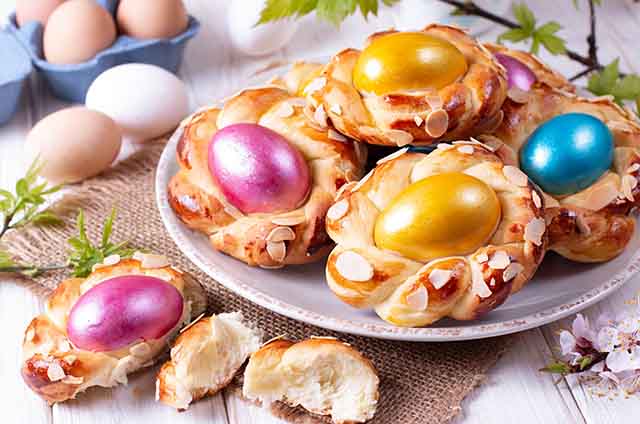
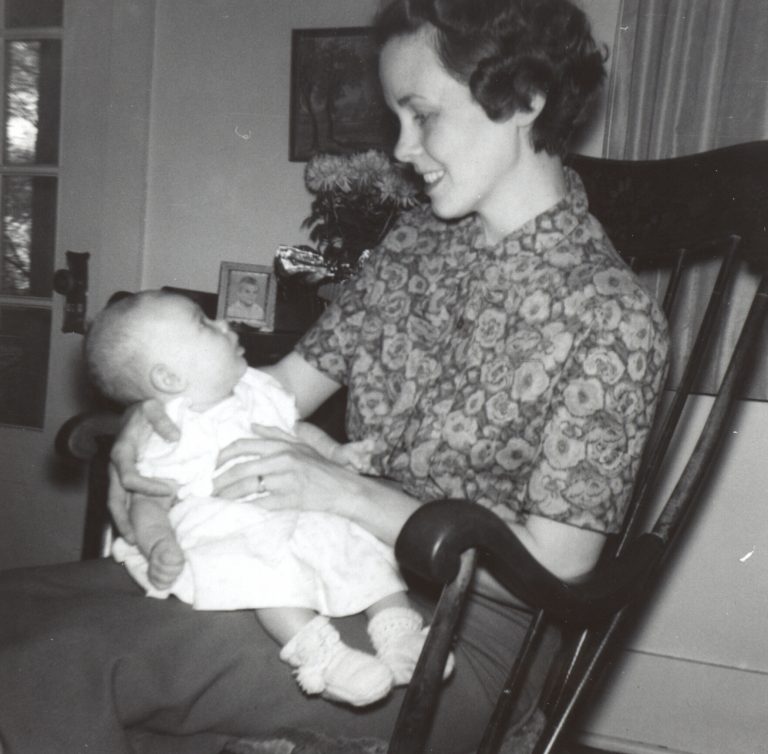

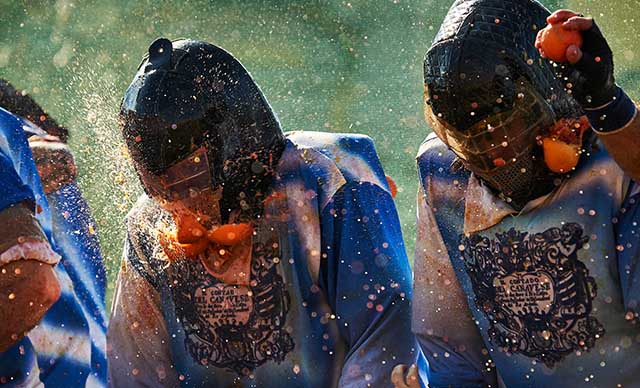
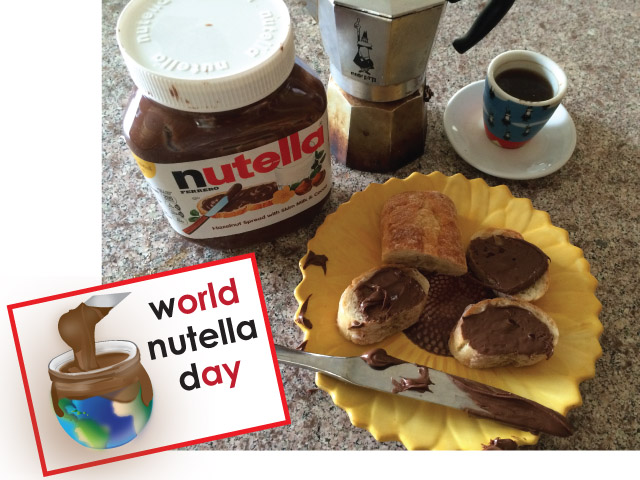
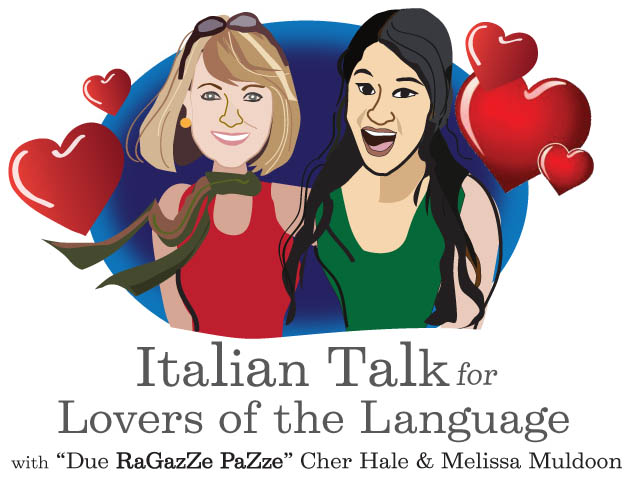






I absolutely LOVED this article it was fantastic. Grazie Mille Melissa. I can’t wait to learn some more Italian. It was fun for me to TRY reading it in Italian and then see the translation below. I learn a lot of words which made me happy. Wonderful job on this article.